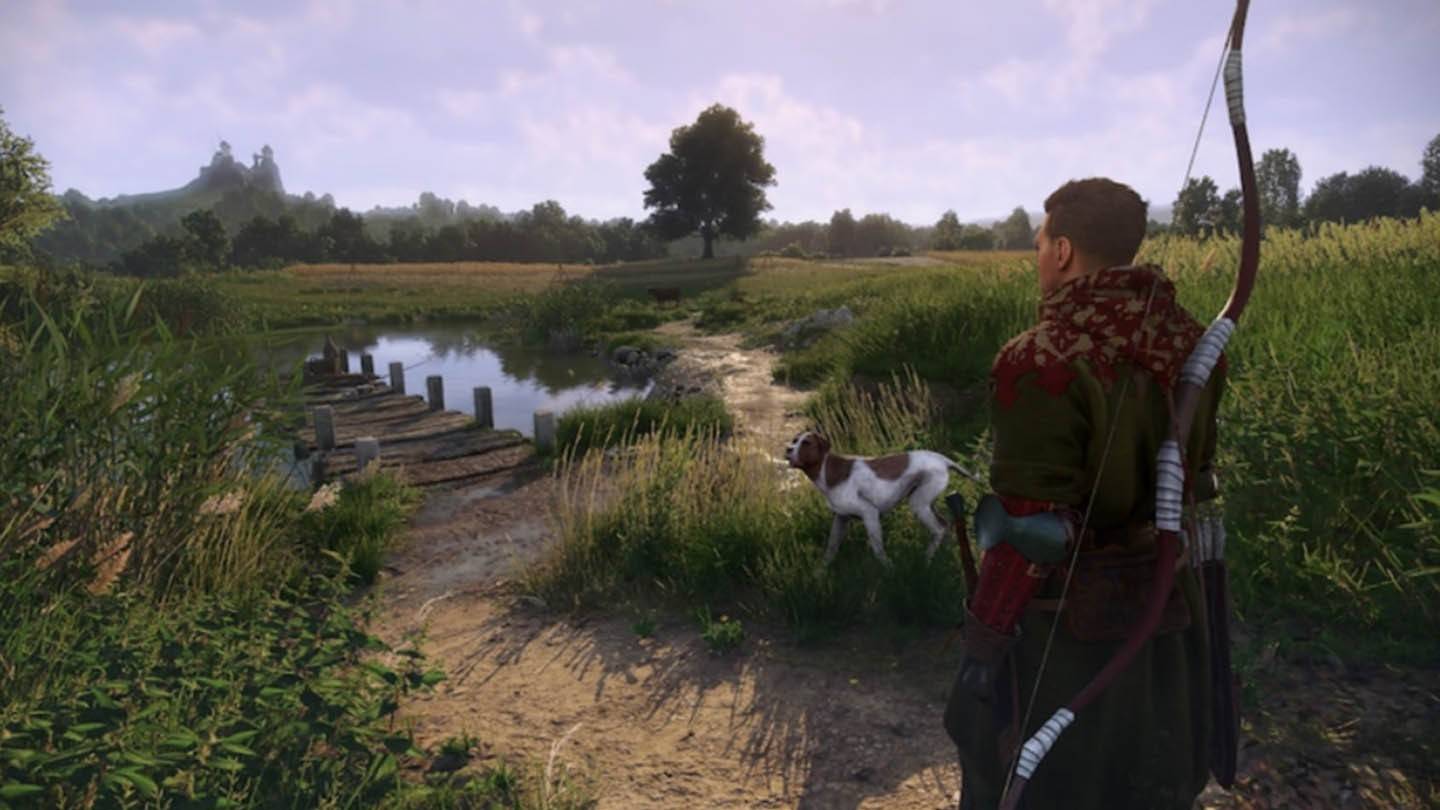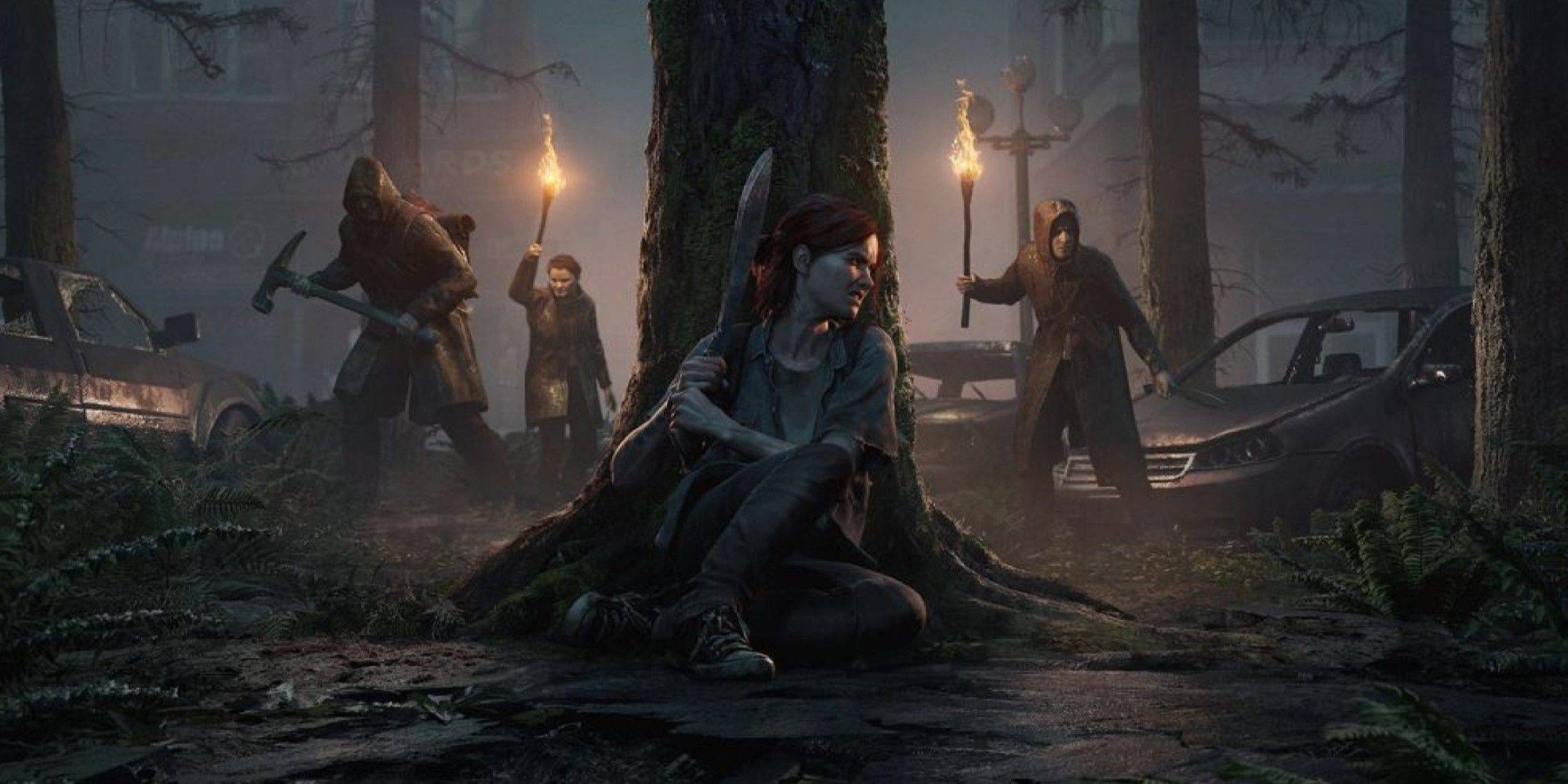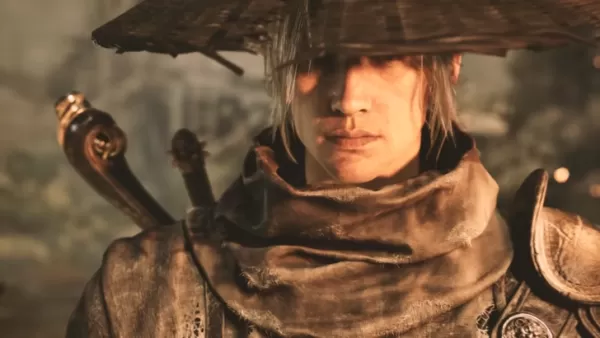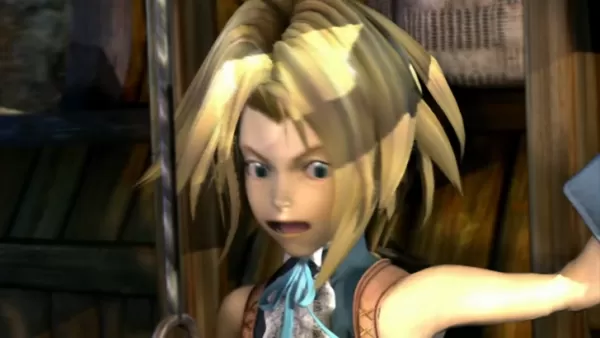"Blades of Fire: Initial Preview Released"
- By Hannah
- May 01,2025
When I sat down to play developer MercurySteam's latest project, Blades of Fire, I expected something akin to a modern take on the studio's Castlevania: Lords of Shadow games, infused with the stylings of God of War. An hour into the game, it felt more like a Soulslike, with weapon stats taking center stage over traditional RPG elements. By the end of my three-hour hands-on session, I realized that Blades of Fire occupies a unique space, blending familiar elements with fresh ideas to create a compelling action-adventure experience.
While it draws inspiration from God of War, Blades of Fire is far from a mere clone. Its dark fantasy world, powerful combat moves, and a third-person camera that stays close to the action echo the Norse era of Kratos' journey. Yet, there are distinct differences. In the demo's opening hours, I navigated a map filled with twists and treasure chests, aided by a young companion who helped solve puzzles. Together, we sought a woman of the wilds who lived in a house atop a giant creature. These elements, combined with anvil-shaped checkpoints reminiscent of FromSoftware's games, can feel overly familiar at times.
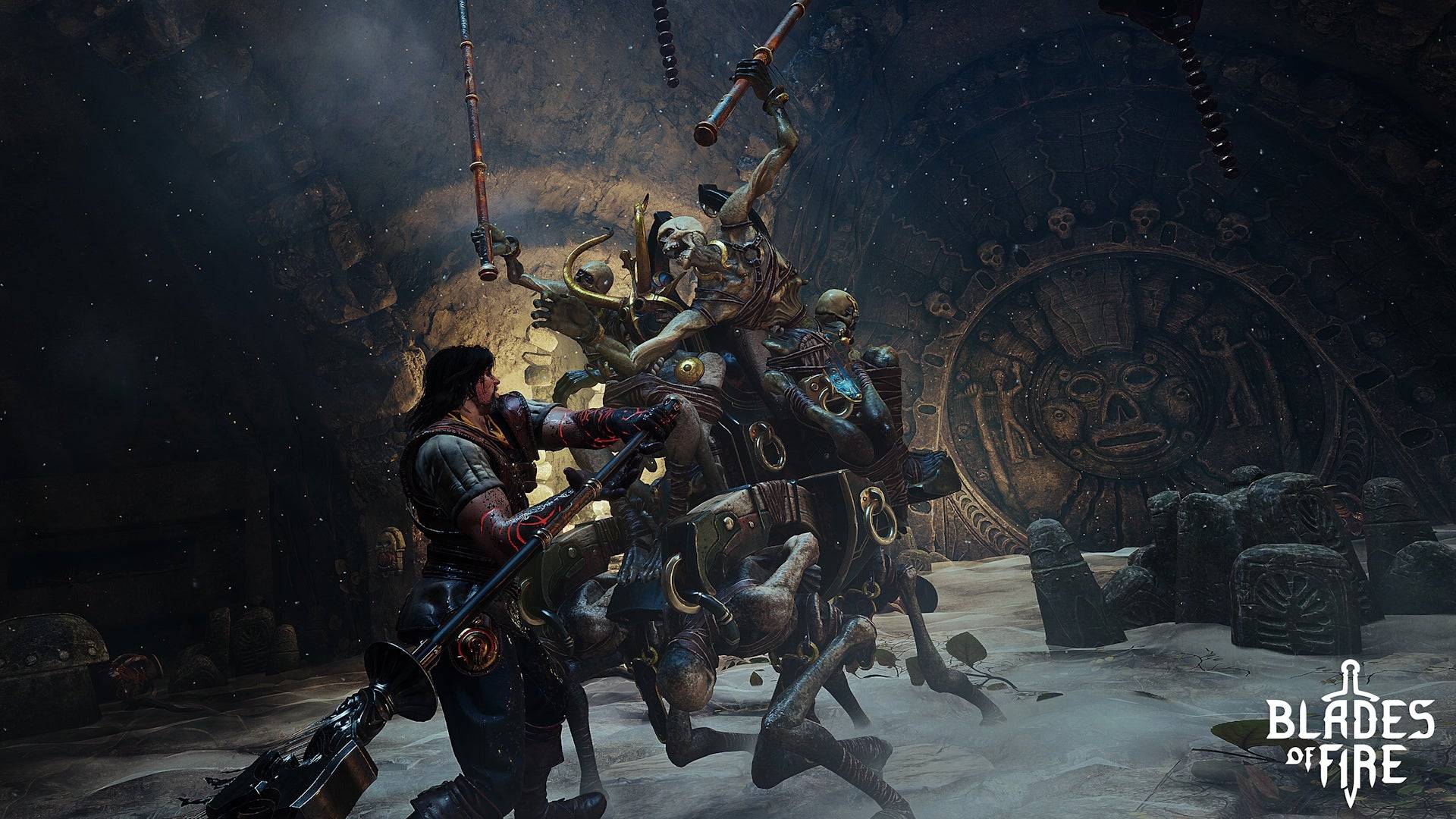
The game's setting evokes a nostalgic 1980s fantasy vibe, where Conan the Barbarian could seamlessly fit among its muscular soldiers, and Jim Henson's Labyrinth wouldn't feel out of place with its orangutan-like enemies on bamboo pogo sticks. The narrative, too, has a retro feel: an evil queen has turned steel into stone, and it's up to you, Aran de Lira—a blacksmith demigod—to defeat her and restore the world's metal. However, the story, characters, and writing may not stand out as particularly engaging, reminiscent of many overlooked tales from the Xbox 360 era.
Blades of Fire shines in its mechanics. The combat system, which uses directional attacks mapped to every face button on the controller, is a highlight. On a PlayStation controller, triangle targets the head, cross the torso, while square and circle swipe left and right. By reading an enemy's stance, you can break through defenses effectively. For example, a soldier shielding their face can be defeated by targeting their gut, resulting in satisfyingly visceral combat.
The demo's first major boss, a troll, had a second health bar that required dismemberment to damage. The specific limb you remove depends on your attack angle, allowing strategic disarming or even removing the troll's face, leaving it blind and vulnerable. This system adds depth to encounters.
Weapons in Blades of Fire require meticulous attention. Unlike most games, your weapons dull with use, reducing damage incrementally. Sharpening stones or switching stances can mitigate this, as the edge and tip wear independently. When a weapon shatters, you can repair it at an anvil checkpoint or melt it down for crafting, introducing the game's innovative forge system.
In the forge, you design your weapon from scratch, starting with a template on a chalkboard. Modifying elements like the length of a spear's pole or the shape of its head impacts the weapon's stats and stamina demands. After designing, you physically forge the weapon in a minigame, controlling the hammer's force and angle to match an ideal curve. Overworking the steel weakens the weapon, so precision is key. Your performance earns a star rating, affecting the weapon's durability and repairability.
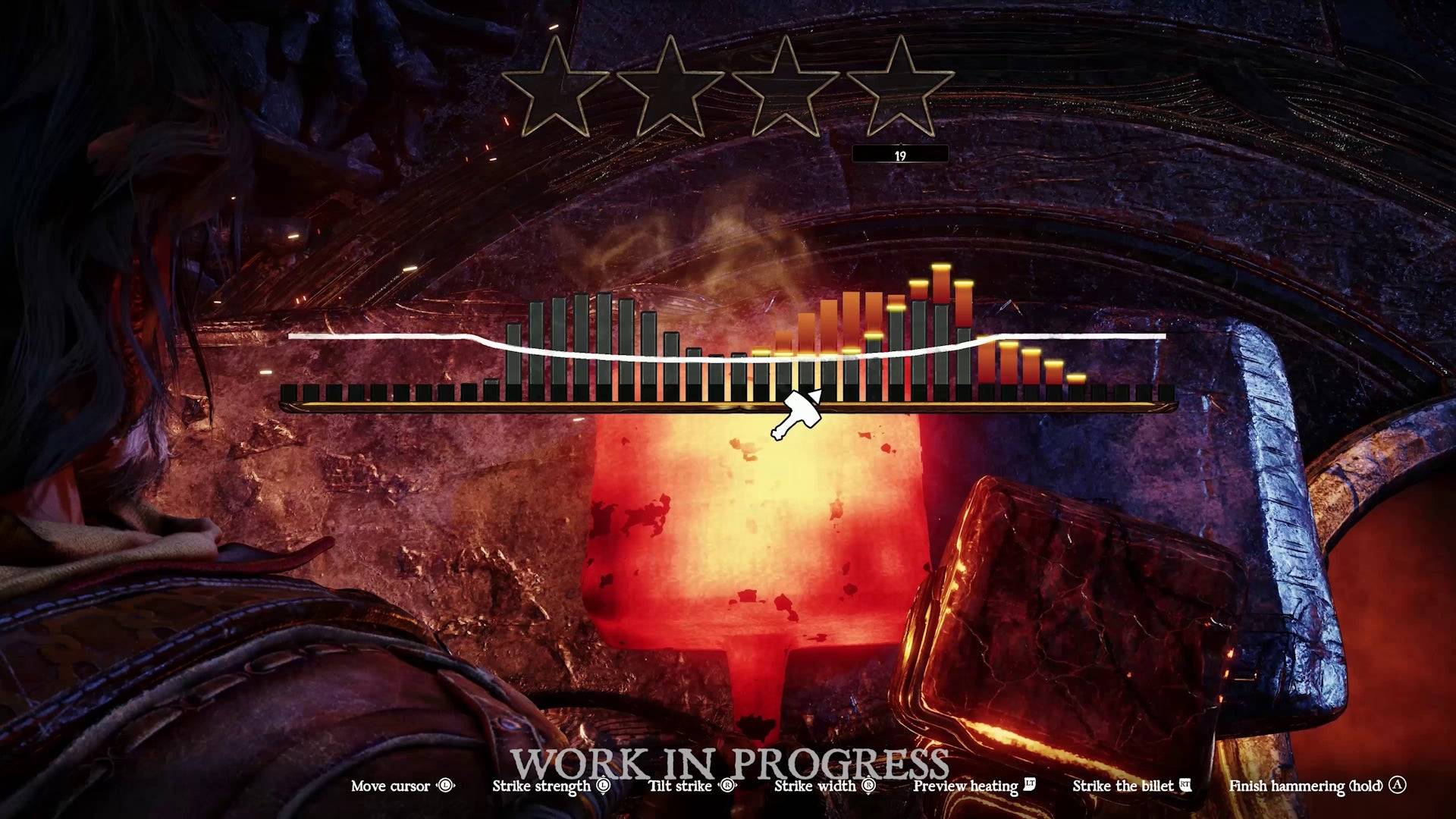
While the forge system is innovative, the minigame can be frustratingly obtuse. A clearer connection between hammer strikes and metal shaping, or a better tutorial, could enhance this feature.
The forge's concept extends beyond the demo, aiming to foster a deep connection with your crafted weapons over a 60-70 hour journey. As you discover new metals, you can reforge your weapons to meet evolving challenges. The death system reinforces this bond; upon defeat, you drop your weapon, which remains in the world for you to retrieve, encouraging a meaningful relationship with your arsenal.
MercurySteam's adoption of Dark Souls-like mechanics is understandable, given FromSoftware's influence on action games and Blades of Fire's connection to Blade of Darkness, a precursor to the Souls series developed by the studio's founders. Yet, Blades of Fire transcends these influences, reinterpreting established systems to create its unique identity.
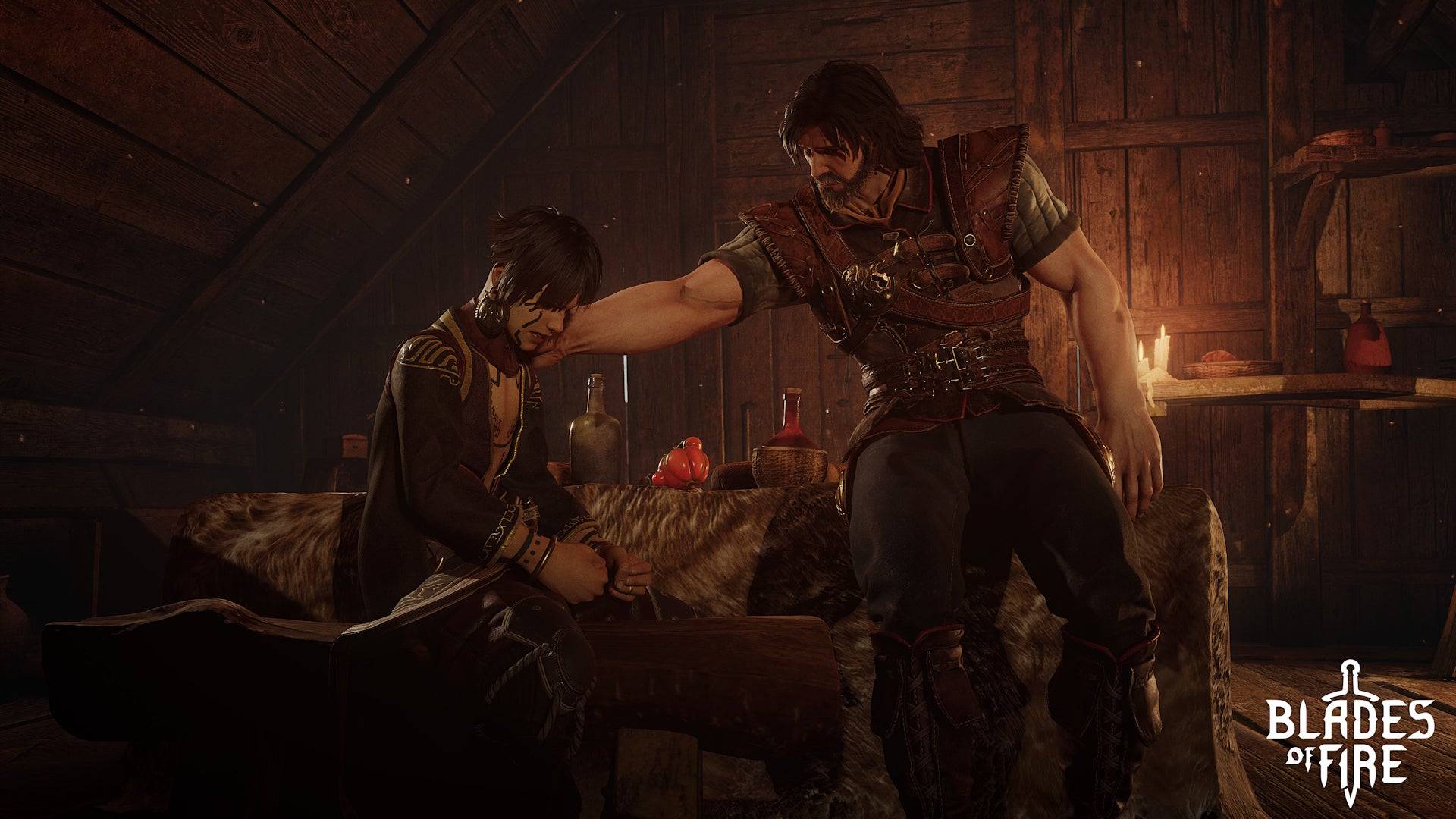
Despite concerns about the generic dark fantasy setting's ability to sustain a lengthy adventure and the repetition of certain encounters, the deep connection between your forged blades and the enemies you face is captivating. In an era where complex games like Elden Ring and Monster Hunter have gained mainstream acclaim, Blades of Fire has the potential to offer something uniquely engaging to the gaming community.
Blades of Fire Screenshots
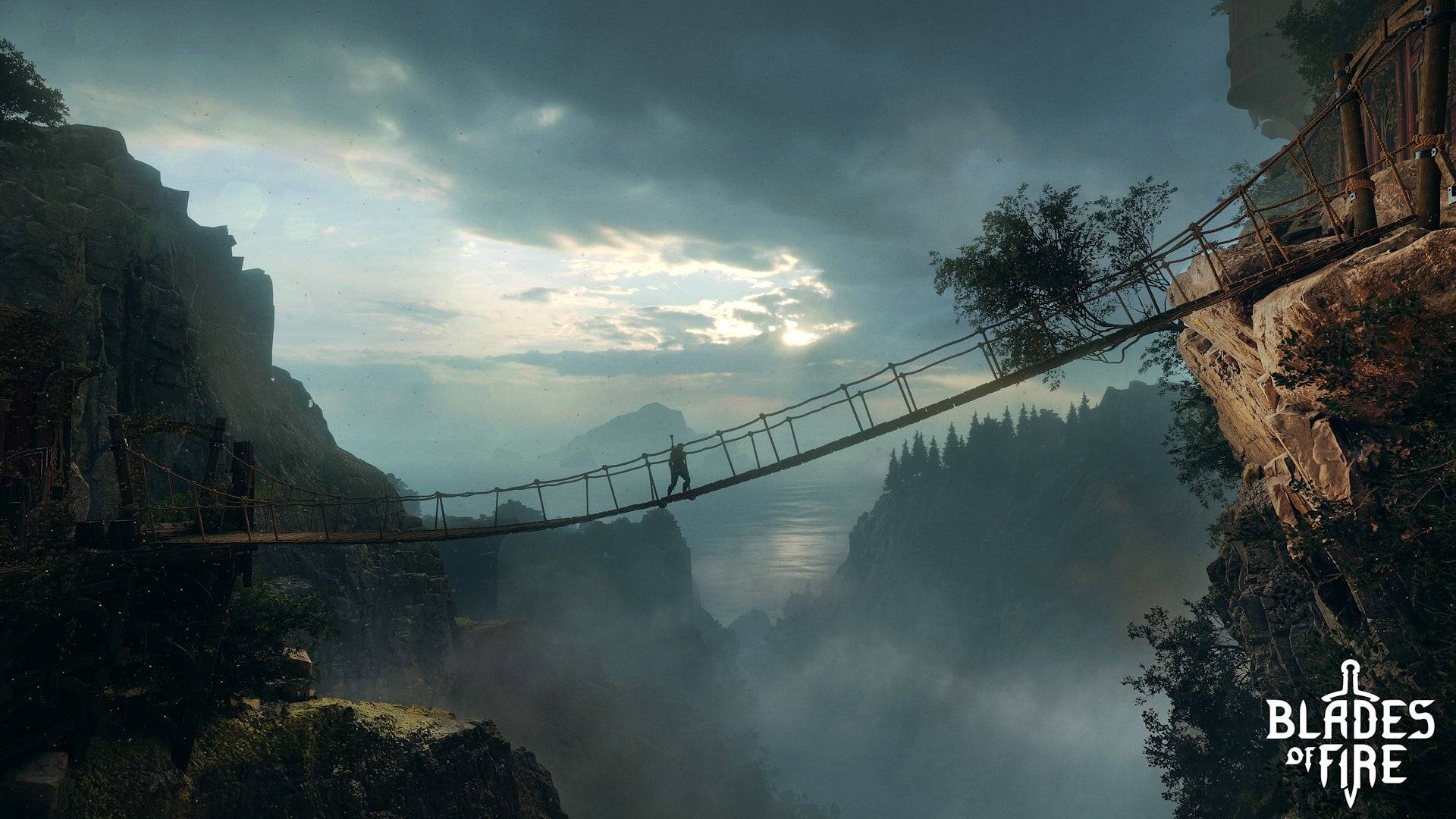
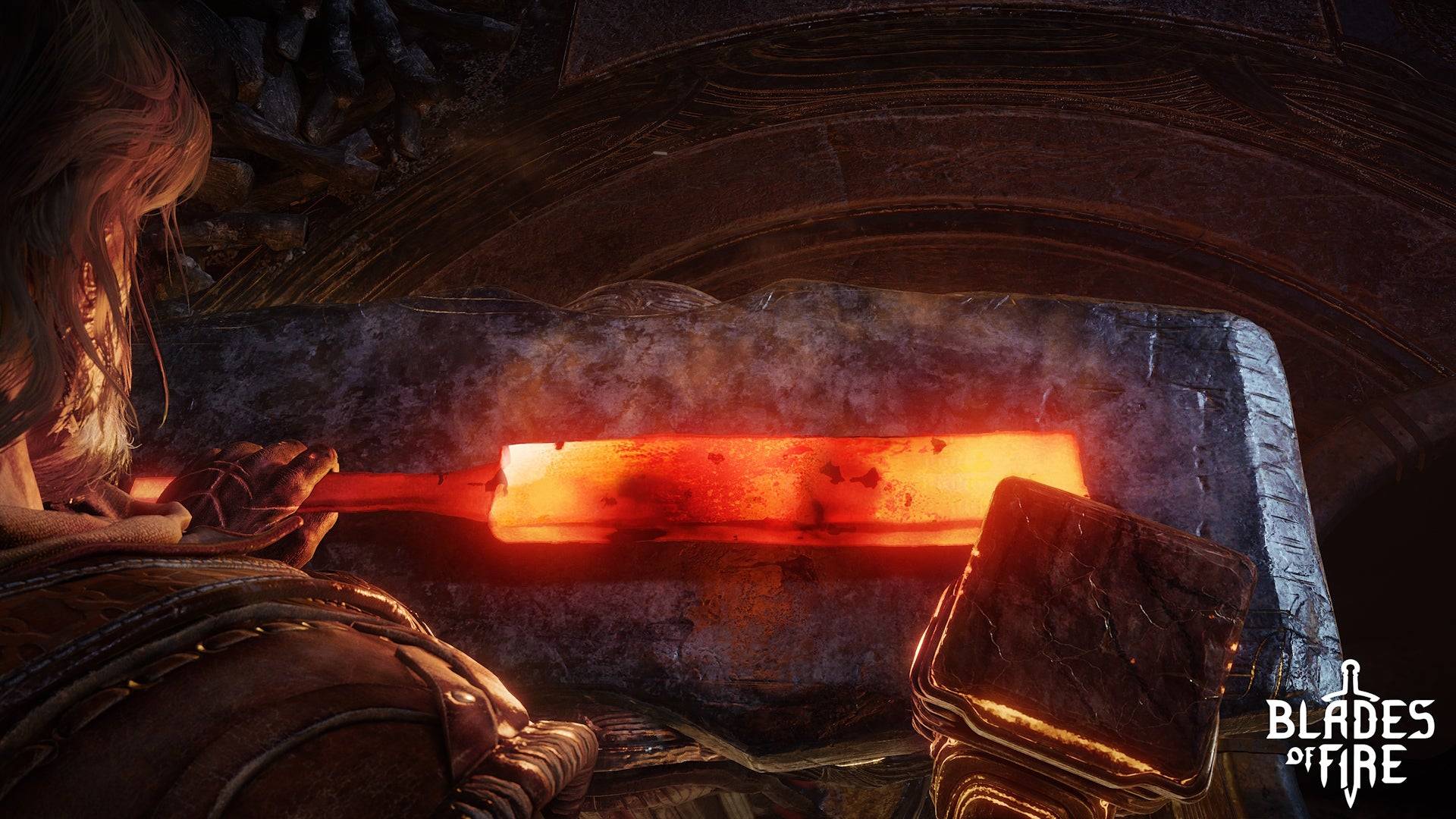 9 Images
9 Images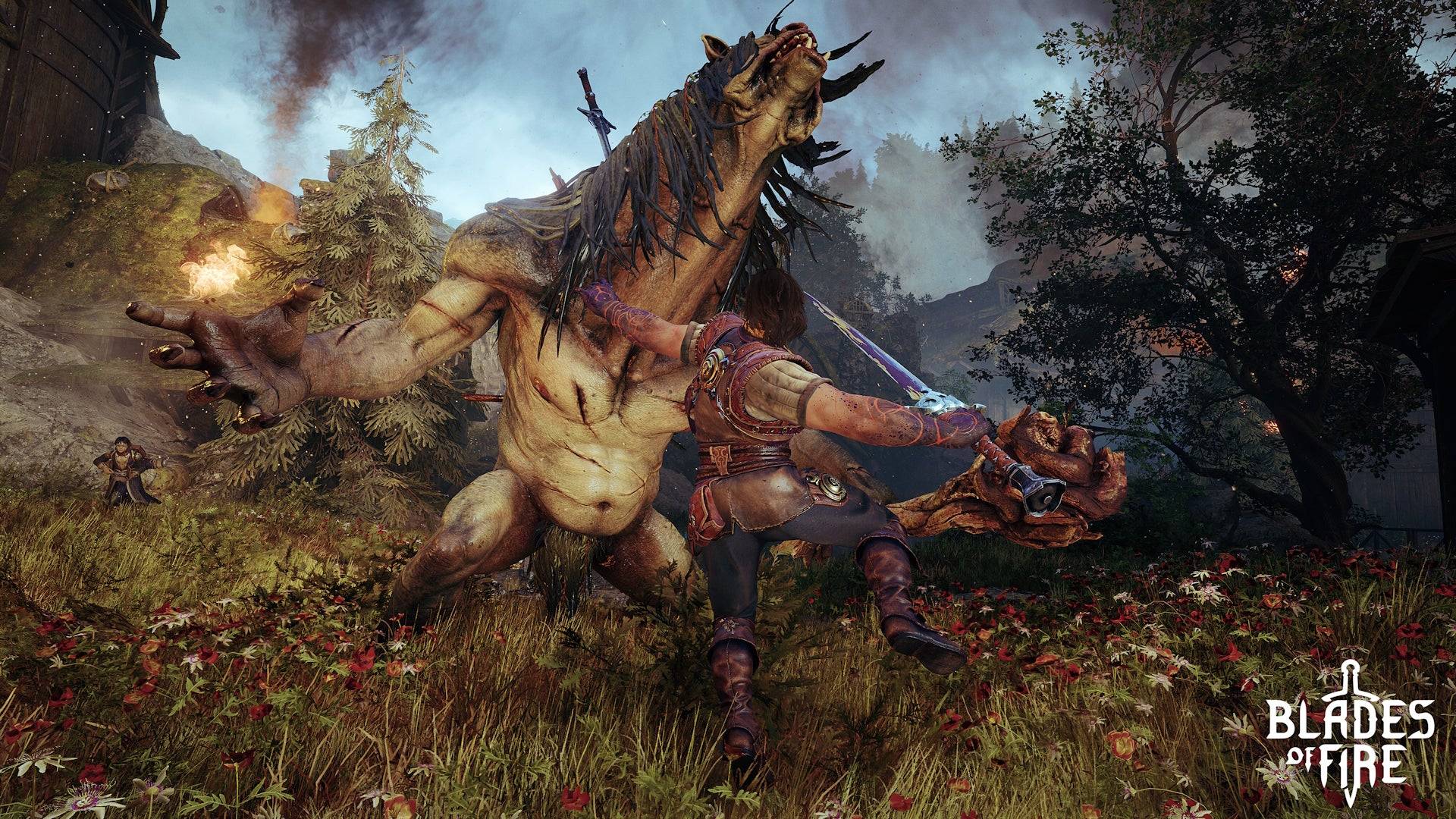
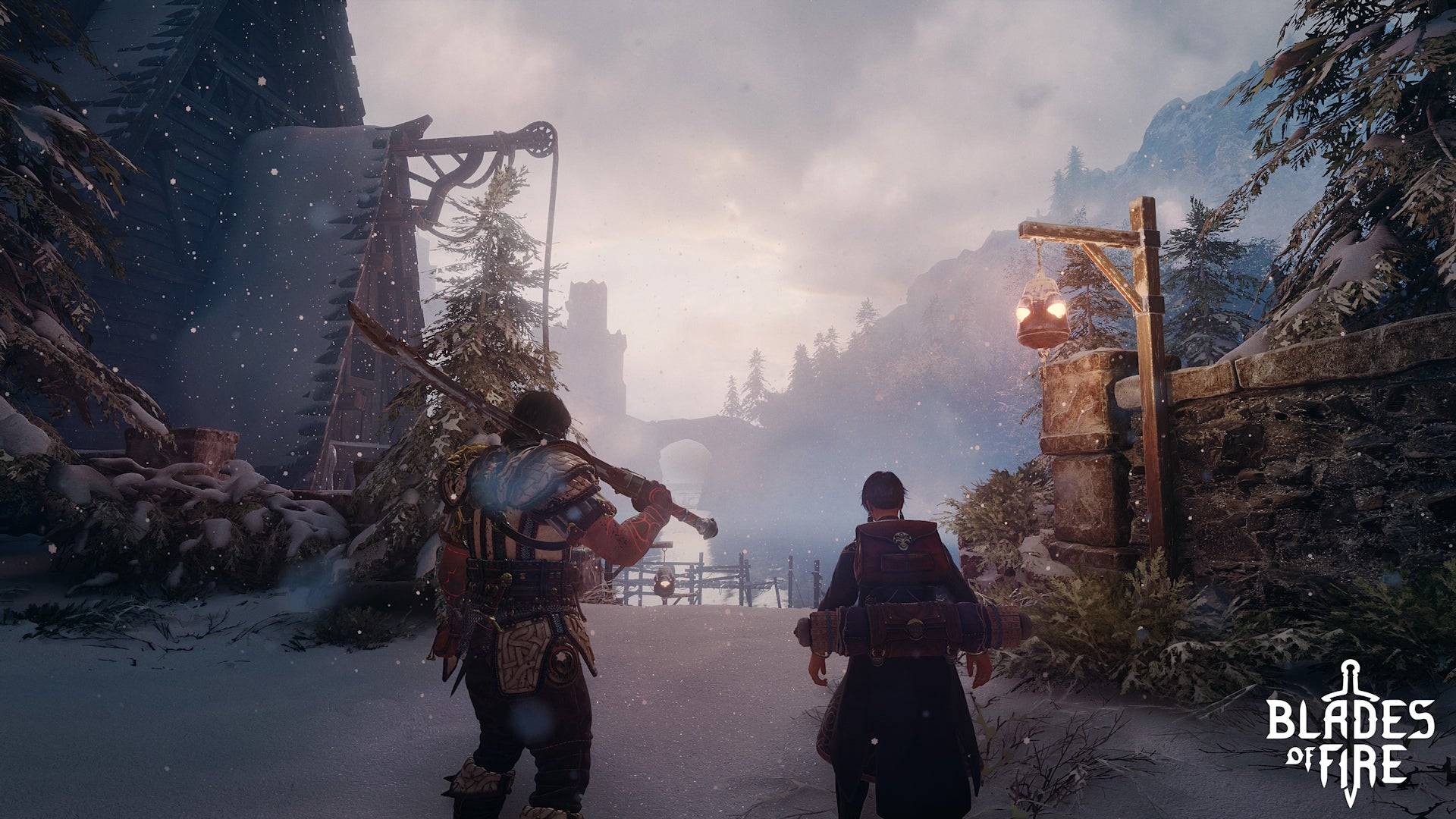
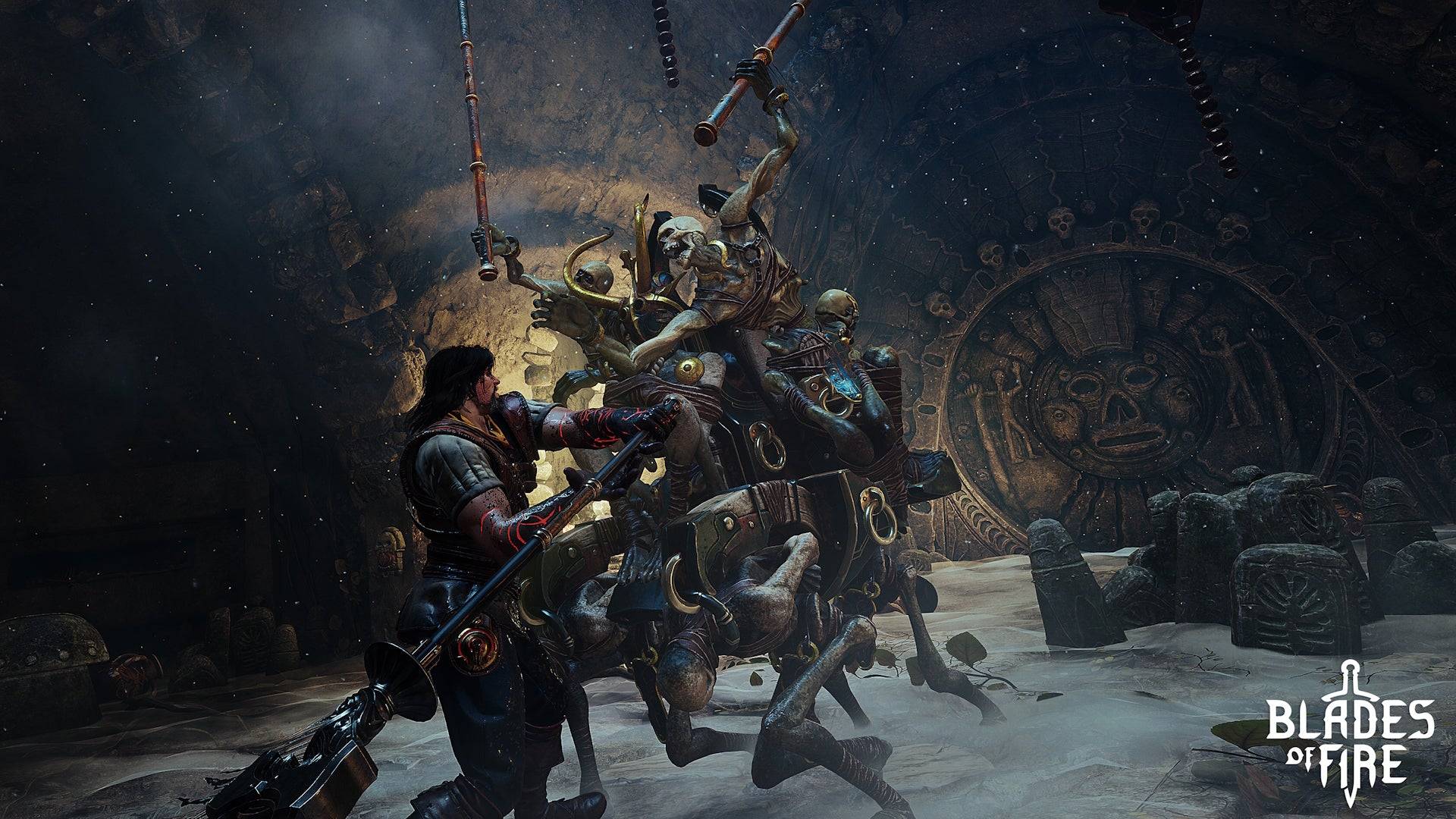
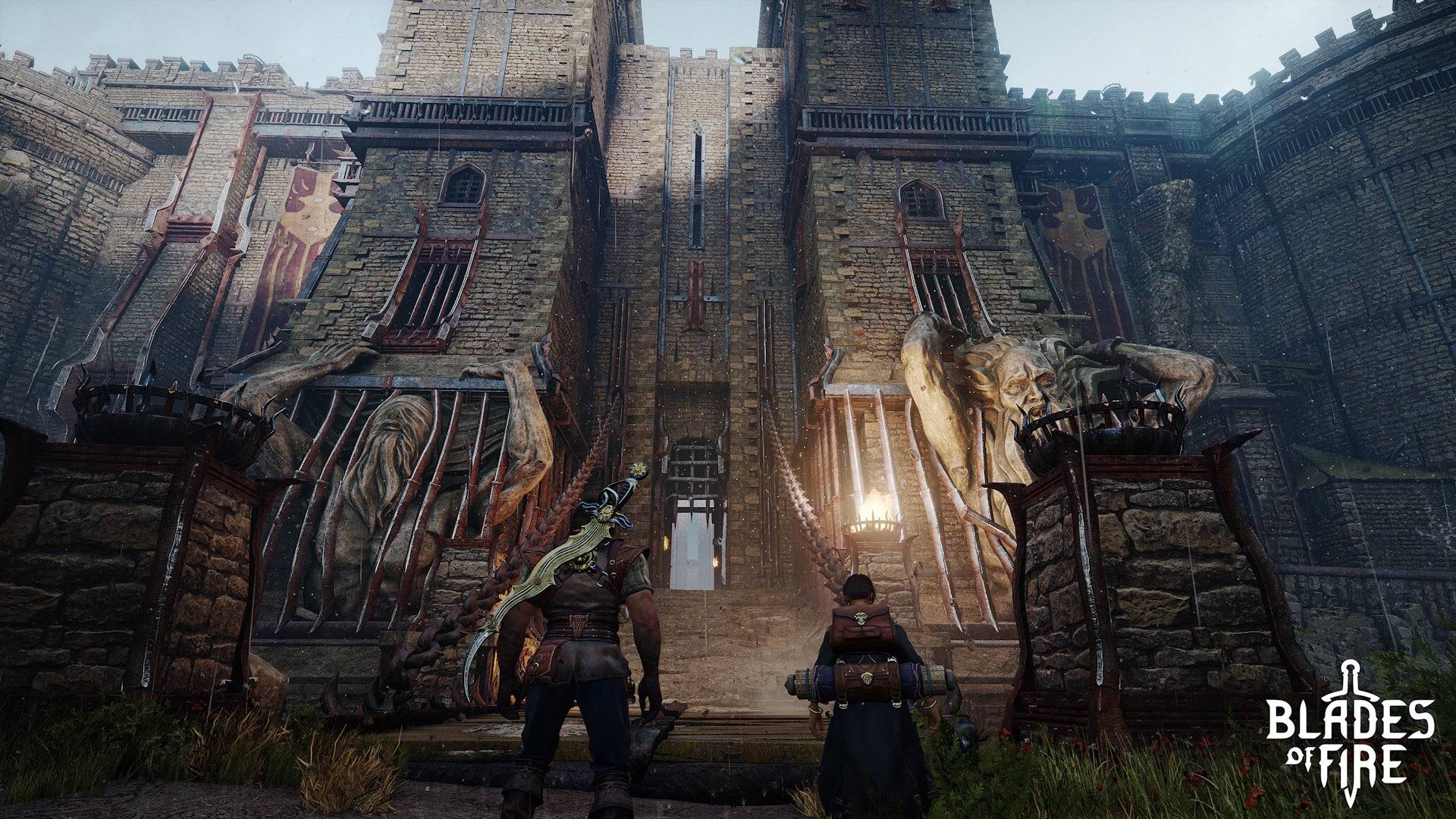
Latest News
more >-

- Prime Youth Offer: A Top Deal I Miss As An Adult
- Dec 27,2025
-
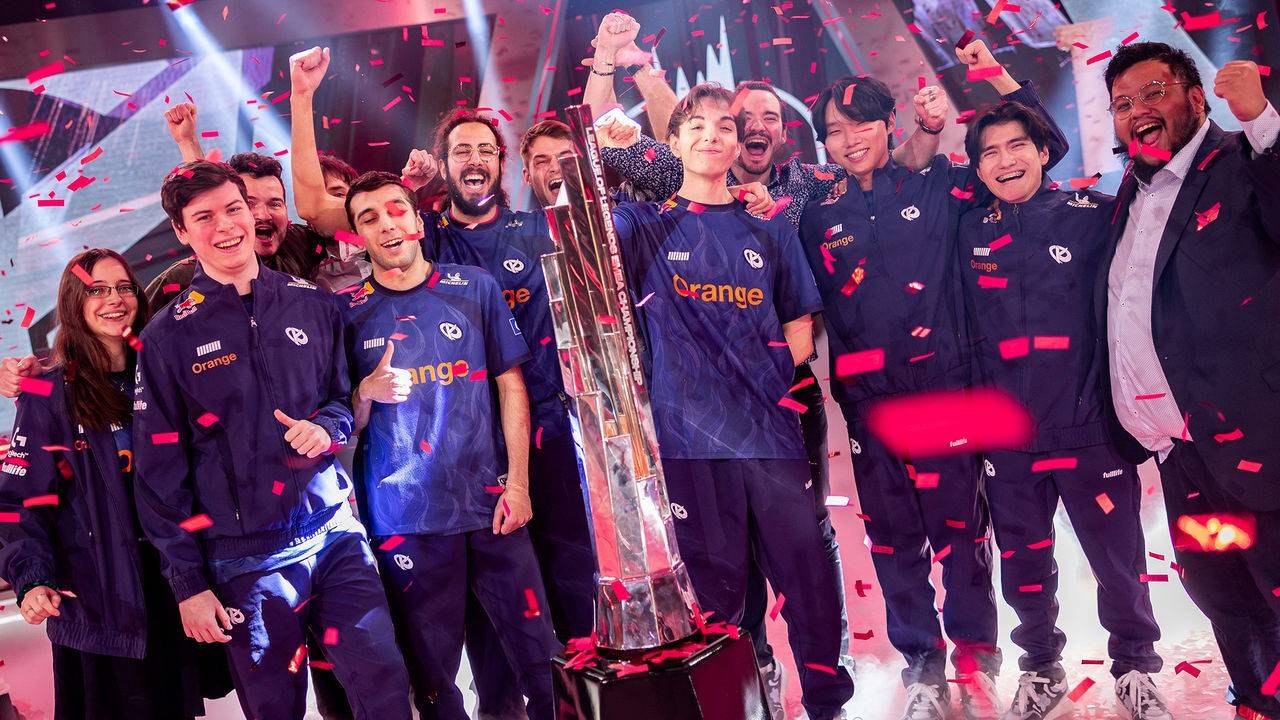
- LoL First Stand 2025: Why It Matters
- Dec 26,2025
-

-
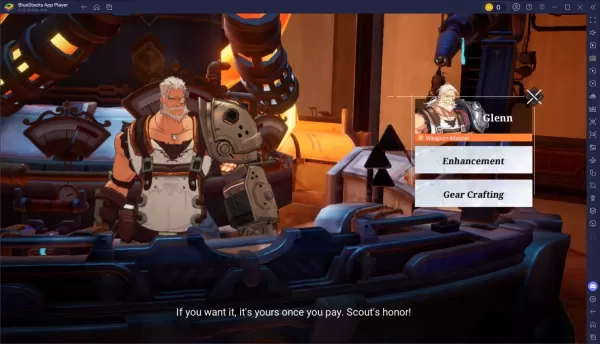
- Atlan Crystal: Boost Gear Quality Guide
- Dec 25,2025
-
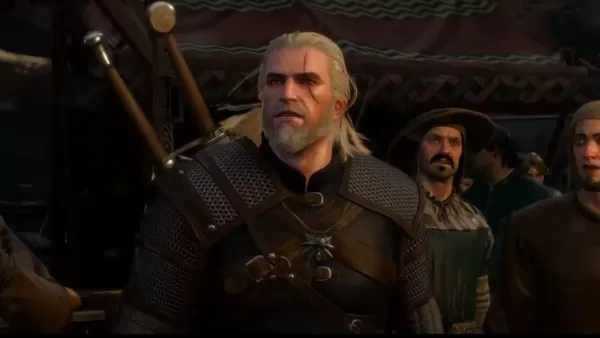
- The Witcher 3 Mod Support Patch Pushed to 2026
- Dec 25,2025
